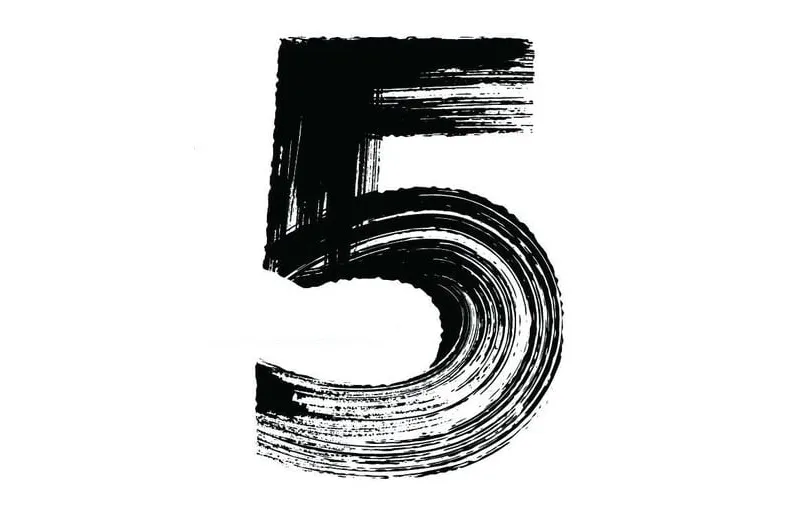



A punchy showcase concert opener for orchestra, using the same line-up as Beethoven 5
Duration: 10 mins
Work no.: AS0026
Year of composition: 2016
Forces: 2+p.2.2.2+cb / 2.2.3 / timp / strings 12.10.8.6.4
One of Adrian’s most popular orchestral works, A Fist Full of Fives is an exciting and dramatic 10-min orchestral concert opener using the same line-up as Beethoven’s 5th Symphony. The aim was to make as many things in the piece derive from the number 5 in some way.
Performed originally by the Corinthian Orchestra, it was subsequently performed by the BBC Symphony Orchestra conducted by Michael Seal on BBC Radio 3, by the RPO at the Southbank’s QEH in June 2023, the Sinfonia of Birmingham in 2023, and again by the Corinthian Orchestra in 2024.
Programme note
You will have probably guessed this, but the number five plays a pivotal role in this piece. The title has five words, there are five beats to the bar, motifs are built on the interval of a fifth, there are five sections and the harmonies are quintal.
Adrian has been drawn to number-games of this kind before. Some of the thematic material in The Curious Incident of the Dog in the Night-Time plays on prime numbers, reflecting the mathematical mind of its central protagonist.
The number five brings its own distinct energy to any composition. Asymmetrical rhythms naturally want to dance, melodies built around fifths sound open-hearted and bold, and the harmonies are angular, often rustic. There is a sharper edge to the sound.
Combine that DNA with Adrian’s opening encouragement to play ‘with huge fire and rhythmic energy’ and you have a musical explosion. One, it turns out, that will last the whole ten-minute duration, with only a short catching of breath in the middle. It would be wonderful to see this piece set to dance, in the style of Copland’s ‘cowboy’ ballets.
The piece was written for the Corinthian Chamber Orchestra and makes the most of that nimble size while not pulling any punches. Right from the start the various sections of the orchestra are in feisty competition, hands clenched in a play fight. Adrian describes them as ‘jousting in a tournament’. This is a score that keeps every player on the edge of their seats.
There are five main themes (no surprises there), each of them with a distinct personality. The first is incisive, with the strings punching upwards and met by fanfare-like brass. The second is for a chamber quintet and is a charming folk dance. The third theme feels like the crowd’s danced response, bringing the rest of the orchestra back into the fray. It’s a repeated downward scale with jump of a fifth at the end.
Adrian juggles with these themes before allowing a brief moment of respite, with the timpani sounding the end of the episode. In the middle section, a wind quintet introduces a theme that is all on the off-beat, the lower and upper lines gliding in parallel tenths. This kind of motion is very much a Sutton trait. The fifth motif marks the only sustained legato moment in the piece, a noble theme led by the strings.
The final section is filled with orchestral fireworks, with many of the themes set against each other in a sparkling display. Playing the last paragraph will feel like a sprint to the players: one final charge, knees like pistons, heads down, with that utter exhilaration when the chest hits the tape.
Words by Jon James
(extract perf. BBC Symphony Orchestra cond. Michael Seal)
